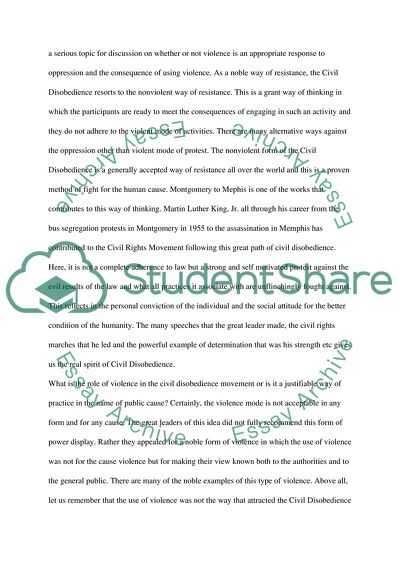Cite this document
(Civil Disobedience: Struggling to Join Law and Conscience Article, n.d.)
Civil Disobedience: Struggling to Join Law and Conscience Article. Retrieved from https://studentshare.org/law/1710104-civil-disobedience-struggling-to-join-law-and-conscience
Civil Disobedience: Struggling to Join Law and Conscience Article. Retrieved from https://studentshare.org/law/1710104-civil-disobedience-struggling-to-join-law-and-conscience
(Civil Disobedience: Struggling to Join Law and Conscience Article)
Civil Disobedience: Struggling to Join Law and Conscience Article. https://studentshare.org/law/1710104-civil-disobedience-struggling-to-join-law-and-conscience.
Civil Disobedience: Struggling to Join Law and Conscience Article. https://studentshare.org/law/1710104-civil-disobedience-struggling-to-join-law-and-conscience.
“Civil Disobedience: Struggling to Join Law and Conscience Article”, n.d. https://studentshare.org/law/1710104-civil-disobedience-struggling-to-join-law-and-conscience.


